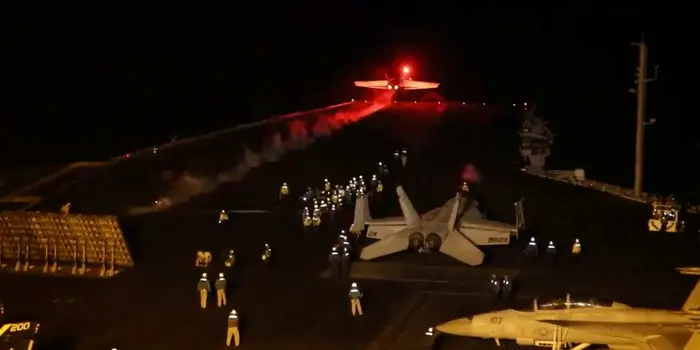On January 12, oil prices saw a 1% increase as a growing number of oil tankers altered their course away from the Red Sea, Reuters reports. This change was in response to overnight air and sea strikes by the U.S. and Britain on Houthi targets in Yemen, following attacks on shipping by the Iran-backed group.

Brent and WTI futures
Brent crude futures settled 88 cents ($0.1), or 1.1%, higher at $78.29 a barrel. The session high was up over $3 to more than $80, marking its highest this year.
U.S. West Texas Intermediate crude futures climbed 66 cents ($0.03), or 0.9%, to $72.68, trimming gains after reaching a 2024 high of $75.25.
Impact on oil transportation
While the diversions were anticipated to increase the cost and time it takes to transport oil, supplies have not yet been impacted, according to analysts and industry experts. This observation has eased some of the earlier gains in prices.

Weekly overview
For the week, Brent was down 0.5% and WTI 1.1% lower. Earlier in the week, sharp price cuts by top exporter Saudi Arabia and an unexpected build in U.S. crude stockpiles triggered supply concerns.
“Although the lack of shipping through the Red Sea does create transportation issues for some crude supplies, the impact on the physical oil markets is, thus far, minimal,” said Matt Stephani, president at investment advisory firm Cavanal Hill Investment Management. “If the conflict were to spread to the other side of the Arabian peninsula, oil markets may react much more significantly,” Stephani added.

Tanker companies Stena Bulk, Hafnia, and Torm all announced their decision to halt all ships heading towards the Red Sea.
However, Suez Canal Authority head Osama Rabie stated that traffic is regular in both directions and dismissed reports claiming navigation has been suspended due to developments in the Red Sea.
Follow Daryo's official Instagram and Twitter pages to keep current on world news.
Comments (0)